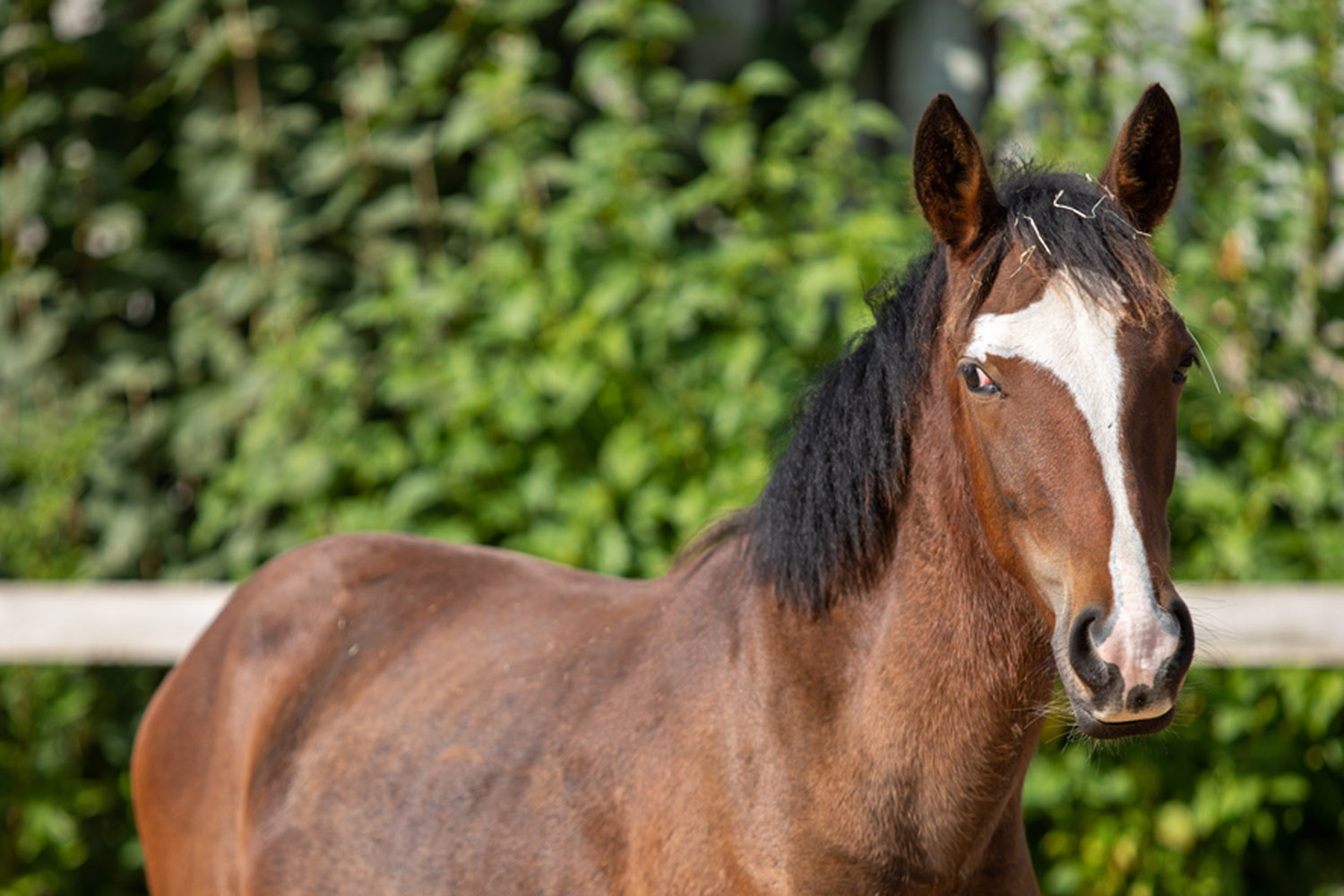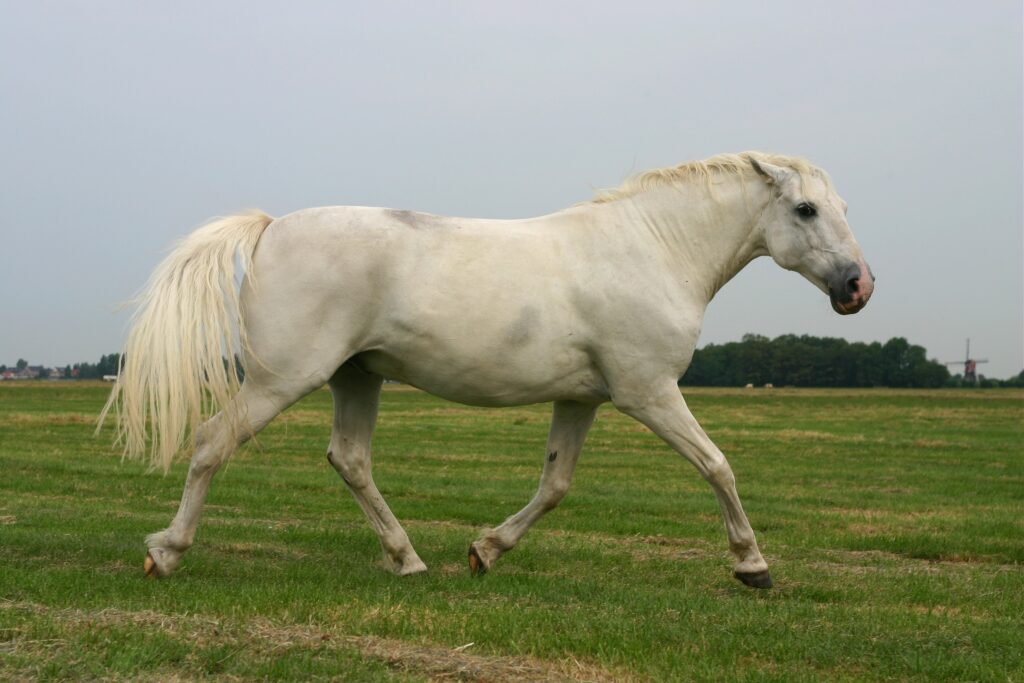The Andalusian horse is renowned for its beauty, intelligence, and versatility. In therapeutic riding, these horse traits are invaluable, offering benefits to riders with various needs. The Andalusian horse has become a favored choice in this field, admired for its gentle nature and responsive temperament. This article explores why the Andalusian horse is pivotal in therapeutic riding and how it enhances the experience for riders.

The Andalusian Horse: A Brief Overview
The Andalusian horse, originating from the Iberian Peninsula, is one of the oldest and most noble horse breeds. Known for its elegance and strength, it has played a significant role in history as a warhorse and a favorite of royalty. Today, the breed is celebrated not only for its physical attributes but also for its adaptability in various equestrian disciplines, including therapeutic riding.
Characteristics of the Andalusian Horse
The Andalusian horse is characterized by its impressive stature, usually standing between 15 and 16 hands high. Its robust build, combined with a flowing mane and tail, makes it visually striking. More importantly, its temperament is calm and patient, making it an ideal choice for therapeutic riding programs. The breed’s intelligence and willingness to learn enhance its effectiveness in these settings.
Why Choose the Andalusian for Therapeutic Riding?
In therapeutic riding, the choice of horse is crucial. The Andalusian horse offers several advantages:
- Gentle Temperament: Andalusians are known for their docile and friendly nature, which is essential for creating a safe and supportive environment for riders.
- Adaptability: Their ability to adapt to various situations makes them suitable for riders with different needs and abilities.
- Strong Bonding: Andalusians tend to form strong bonds with their riders, enhancing the emotional and psychological benefits of therapeutic riding.
The Role of Andalusian Horses in Therapeutic Riding Programs
The inclusion of Andalusian horses in therapeutic riding programs has increased due to their unique qualities. These horses assist individuals with physical, emotional, and mental challenges, providing a holistic therapeutic experience.
Physical Benefits
Therapeutic riding can significantly improve physical health. The movement of the horse mimics the human gait, providing riders with vestibular stimulation and helping to improve balance, posture, and coordination. The Andalusian horse, with its smooth gait, is particularly effective in this regard.
Emotional and Psychological Benefits
Interacting with Andalusian horses can help reduce stress and anxiety levels. The calming presence of these horses, combined with the rhythmic motion of riding, promotes relaxation and enhances mood. For individuals with emotional and psychological challenges, therapeutic riding offers a unique avenue for healing and personal growth.
Integrating Andalusian Horses into Therapeutic Programs
Integrating Andalusian horses into therapeutic riding programs requires careful planning and consideration. It involves selecting suitable horses, training them for therapeutic work, and matching them with riders based on individual needs.
Training Andalusian Horses for Therapy
Training Andalusian horses for therapeutic riding involves conditioning them to remain calm and responsive in various situations. This training focuses on developing trust between the horse and rider, ensuring the horse can adapt to different therapeutic scenarios.
Matching Riders with Andalusian Horses
Matching the right horse with the right rider is crucial. In therapeutic riding, the needs of the rider are evaluated, and an appropriate Andalusian horse is selected based on temperament and ability. This personalized approach ensures a positive and effective therapeutic experience.
Success Stories: Andalusian Horses in Action
There are numerous success stories of Andalusian horses making a significant impact in therapeutic riding. These stories highlight the transformative power of these horses, showcasing their ability to bring joy and healing to those in need.
Case Study 1: Overcoming Physical Challenges
An example of the Andalusian horse’s impact is a program participant who struggled with balance and coordination. Through regular sessions with an Andalusian, the individual experienced improved mobility and increased confidence.
Case Study 2: Emotional Healing
Another case involves an individual dealing with severe anxiety. The calming presence of an Andalusian horse helped lower anxiety levels, allowing the participant to engage more fully in life and improve their overall well-being.
Conclusion: The Future of Andalusian Horses in Therapeutic Riding
The future of Andalusian horses in therapeutic riding is promising. As awareness of their benefits grows, more programs are expected to incorporate these exceptional horses. Their unique combination of beauty, intelligence, and temperament makes them an invaluable asset in the world of therapeutic riding.
For more information on the Andalusian horse, you can visit this resource and explore the rich history and characteristics of this remarkable breed.

FAQ
What makes Andalusian horses suitable for therapeutic riding?
Andalusian horses are ideal for therapeutic riding due to their gentle temperament, adaptability, and strong bonding capabilities, which create a safe and supportive environment for riders.
How do Andalusian horses benefit riders physically?
The movement of Andalusian horses mimics the human gait, providing vestibular stimulation that improves balance, posture, and coordination in riders.
Can anyone participate in therapeutic riding with Andalusian horses?
Therapeutic riding programs are designed for individuals with various needs and abilities. It’s essential to consult with a program to determine suitability and ensure a positive experience.
Discover more about the care and requirements of Andalusian horses through these articles: Cost of Ownership, Stall Behavior, and Paddock Requirements.
This article contains affiliate links. We may earn a commission at no extra cost to you.







